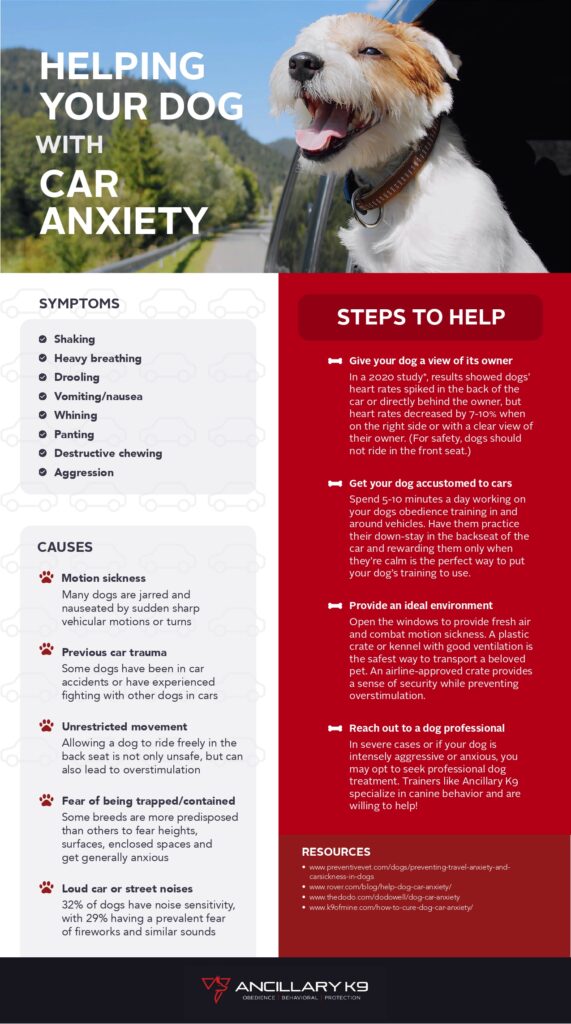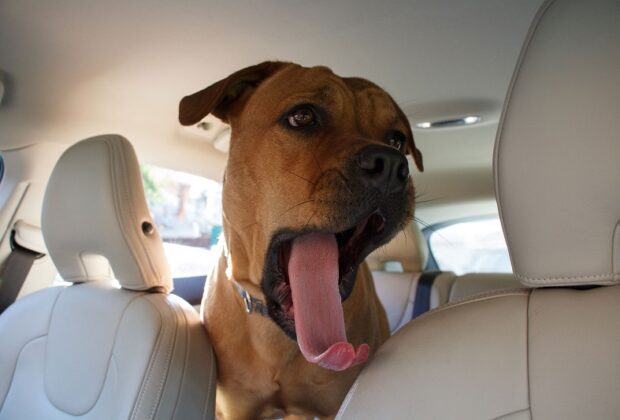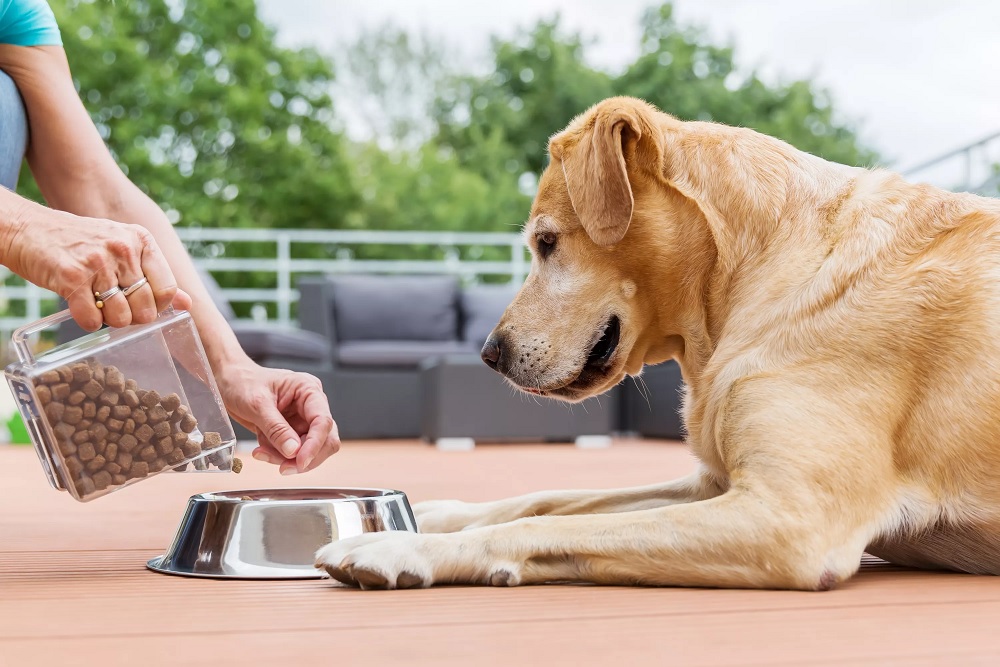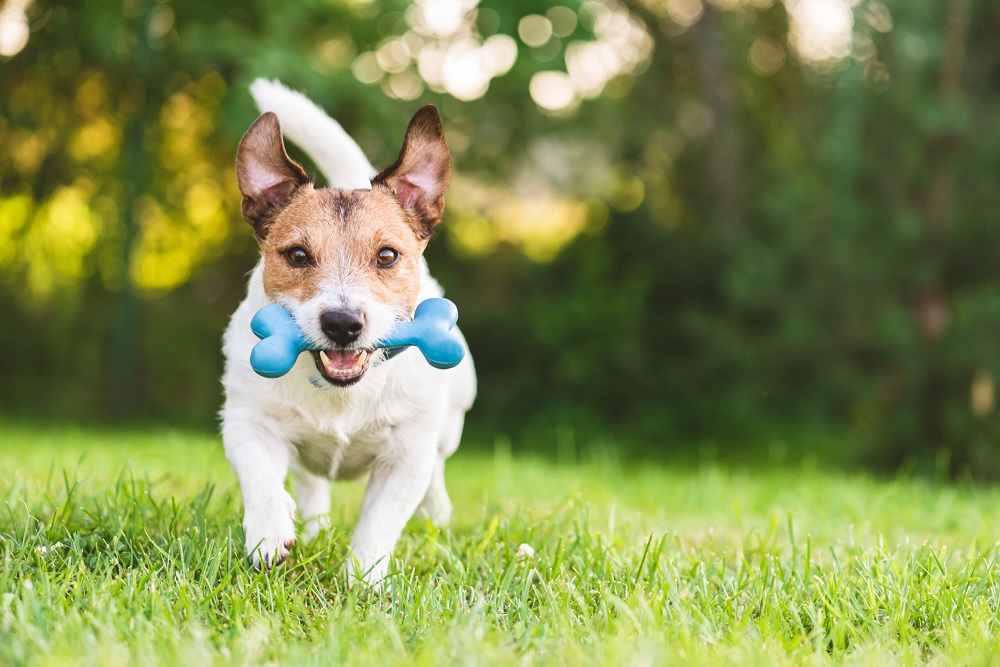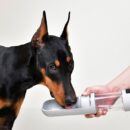Each canine has an own personality. As a result, each dog reacts to being in a car in a very unique way. Despite this, more than 70% of dogs exhibit some indicators of nervousness, and this apprehension frequently involves automobiles. How can owners make their pets feel more at ease while they travel about town in a vehicle? The causes, symptoms, and recommendations for owners who want to help their dogs who exhibit car anxiety are listed below.
First off, a dog may exhibit symptoms of travel anxiety for a number of different reasons. Motion sickness is one of the key contributors. Dogs can experience car sickness just like people. This is particularly true of puppies, whose ears and sense of balance are still developing. The puppy may outgrow this motion sickness, but the link between car travel and sickness might endure.
The dog may be terrified for other reasons, such as overstimulation or a recent car accident. Other vehicles speeding by or loud, new noises filling sensitive ears can all be factors that contribute to a sensory overload. Such uncomfortable feelings may become overwhelming and cause stress and anxiety. Last but not least, the dog might connect the stress of vet visits with the car rides.
What indications or symptoms should dog owners be on the lookout for when traveling? Just as personalities differ, so do the warning signs of a problem. In general, stressed dogs frequently exhibit increased panting, gnawing, licking, drooling, whimpering, or shivering. In more extreme circumstances, there may be untimely urination or defecation, nausea, diarrhea, or even reaction. It's imperative that the owners seek professional training if their dog has grown to be so fearful of cars that it becomes aggressive. Otherwise, the dog might be dangerous to either itself or other people.
What more can owners do to support an anxious dog? Due to the widespread nature of this issue, a wide range of solutions are available, including prescription medications, soothing pheromone products, anti-anxiety compression jackets and collars, as well as over-the-counter remedies made specifically to calm dogs. These are frequently temporary solutions that don't produce long-term effects. According to experts, training and behavior modification are the best long-term tactics for ensuring your dog's success on the road.
Although it's best to acclimate a pet to the car when it's young, there are several methods owners can train an aging dog to pick up new skills and remain calm in a moving vehicle. Please refer to the following guide for further suggestions on how to reduce a canine companion's automobile anxiety.
